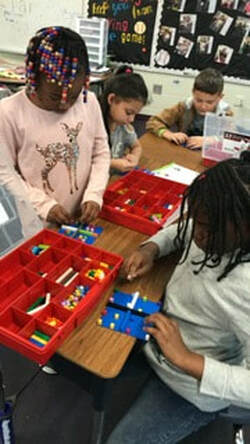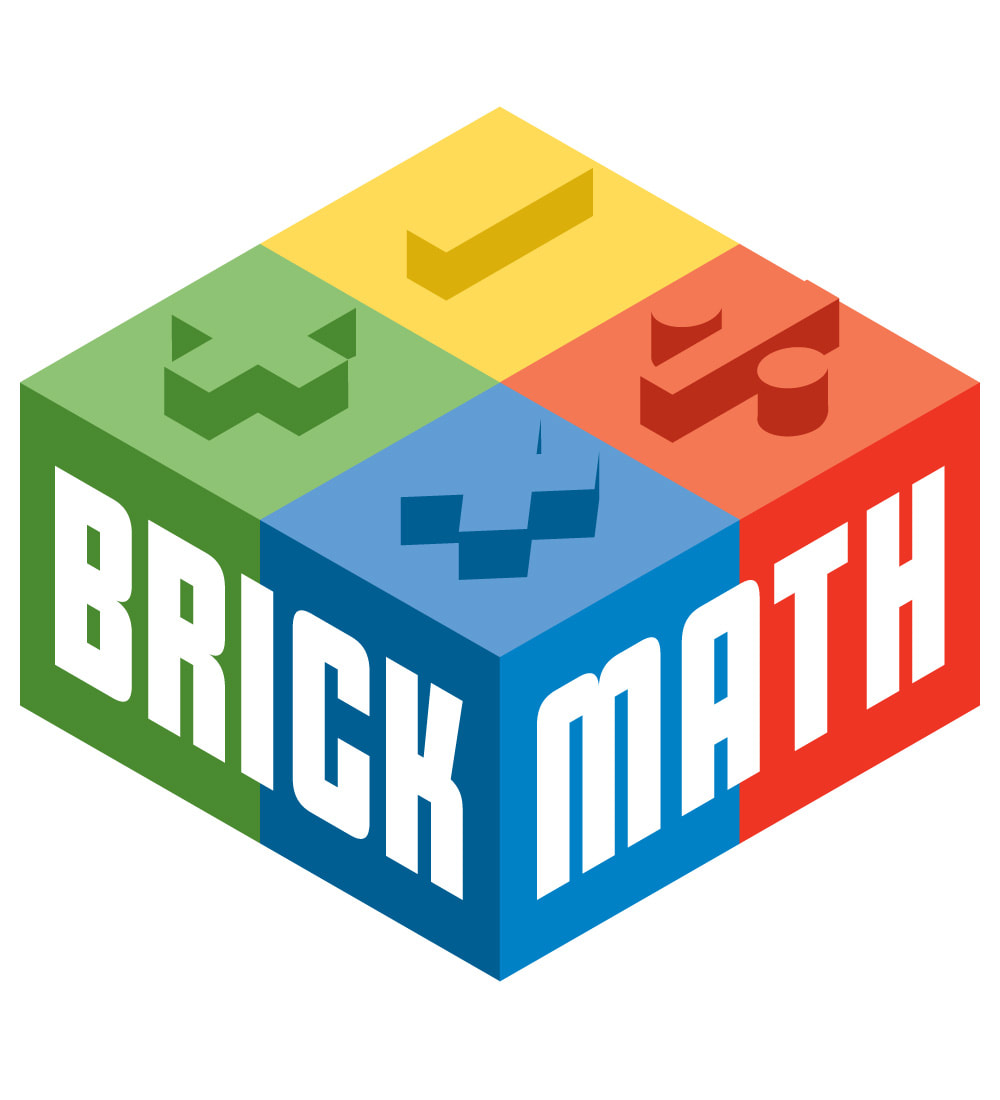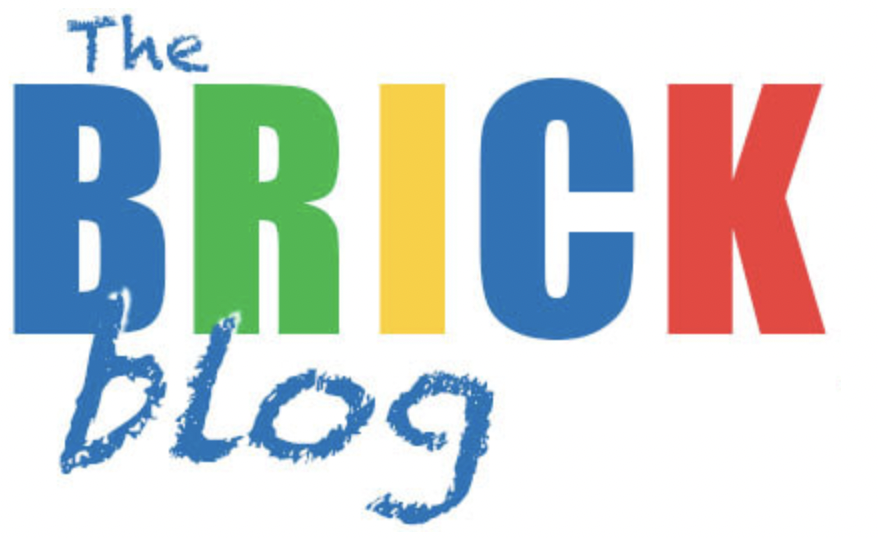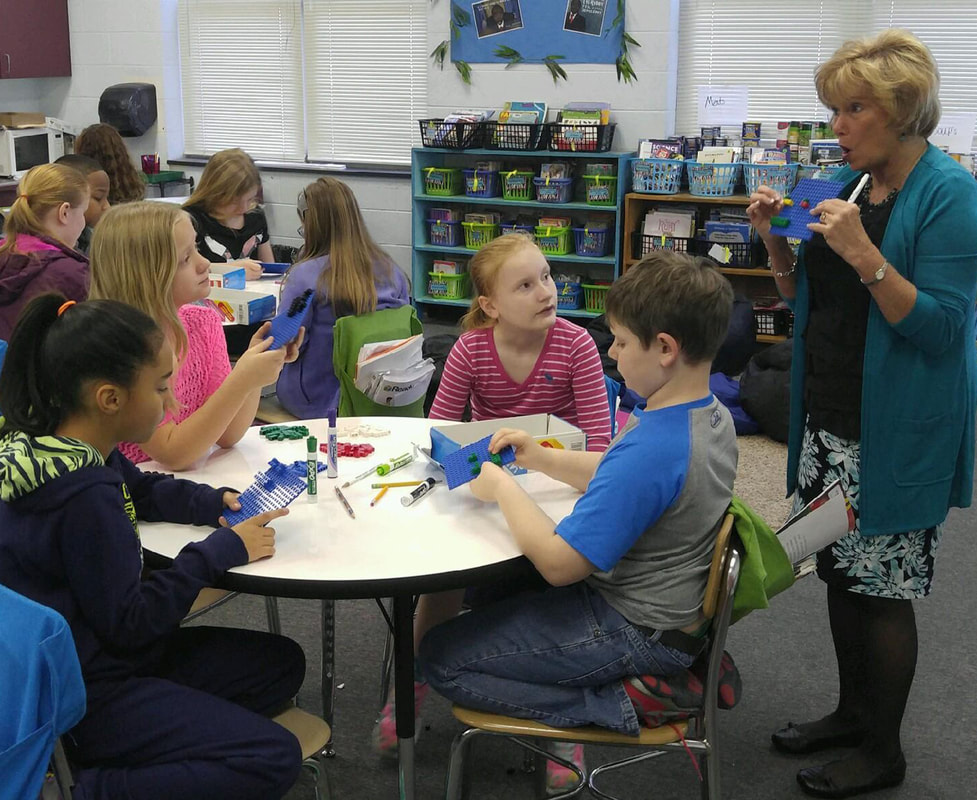|
High Point University, home of Brick Math author Dr. Shirley Disseler, celebrated International LEGO Day yesterday, encouraging HPU students to come to the Stout School of Education and build something out of bricks that they are passionate about.
Dr. Disseler is passionate about using the bricks to help students learn math. Her Brick Math curriculum for elementary and middle school was developed to help students conceptualize math, or, as Dr. Disseler says, "to understand the why behind the math." Here's the full article about International LEGO Day at HPU, courtesy of the HIgh Point Enterprise.
0 Comments
 A new mixed-method study shows significant gains in test scores for math content in grades K - 2 after instruction using Brick Math. The findings from a new study of 500 students in kindergarten, first grade, and second grade shows that 320 of the 500 students, or 64 percent, made pre-to-post assessment gains of 4 or more points on a 10-point scale. Each student was given ten problems to complete, in writing or orally, in the areas of counting and cardinality, addition, or subtraction prior to being taught with the Brick Math methods. The same problems were then used with the Brick Math program. Before starting Brick Math, students were asked questions about why they responded in certain ways to the problems to help the researcher identify misconceptions held by students about number sense and computational understanding. Once the problems were completed using the Brick Math methods, the problems were again scored on a scale of 1 - 10 (correct versus incorrect). Students were then asked to discuss the meaning of the models with the researcher. Students were also encouraged to ask questions for clarity during the teaching process. The discussion of the models yielded some important information about how students learn and understand math. Students in kindergarten made comments such as: “Now I see why 8 is larger than 3,” and "5 is between 3 and 8.” Students learning about place value said, “Counting bricks in the tens and ones place helps me know what number goes in each place.” A student further explained, “Two 1x2 bricks and four 1x1 bricks show that the tens place is 2 and the ones place is 4, and the whole number is 24.” Participants: This study was conducted in public and private school classrooms in New Jersey and North Carolina, in rural, suburban, and urban settings for 150 kindergarten, 200 first grade, and 200 second grade students. Data and Findings: The data was analyzed using a one-way ANOVA from SPSS, which indicates that achievement was statistically significant across all three grade levels and all content materials. A Pearson correlation shows no significance between the performance of girls versus boys. This finding is interesting, in that many believe LEGO® bricks are preferred by boys. In this study, the girls did as well as the boys in achievement when using Brick Math. The variables measured in the study included: focus and body language when using Brick Math, verbal participation and questioning by the student, the degree to which students were able to make conceptual meanings in the models, performance pre to post (before Brick Math instruction and after Brick Math instruction). It was interesting to note that the degree of focus was significant (p = 0.03) upon introduction of the bricks to do the math problems. The findings also suggest that both the level of performance and the degree of perseverance are directly related to the degree to which the student could focus (p < .05) in all correlations of these variables. The median pre- to post-difference in the study across all groups was 4 with a range from 0 – 10. The means are displayed for each grade, pre and post, in Table 1. The spread of the mean shows wide differences before and after the instruction in each of the three grades, with the largest difference found in grade 2. Table 1: Comparison of Means Pre-to-Post by Grade Level Grade N Means Pre Post K 150 3.3600 7.2667 1 150 4.0467 7.6133 2 200 3.6050 8.0300 Discussion: The modeling of math offers students a way to connect, but when LEGO® bricks are introduced as the medium for learning content, students become enthusiastic, focused, and engaged, which leads to motivation and time on task. Education experts agree that motivation and engagement are the two key elements in getting students to learn. This study is part of a larger study being conducted to emphasize the value of Brick Math in elementary and middle school math classrooms. This study, which utilized Brick Math as both a guided math and whole class lesson, points to positive learning gains for children in the early years of elementary math. Setting the stage for more sophisticated math content, getting students to understand the “why” behind the basics of math is a key component necessary in early stages of math learning. If students can build a model of the problem and solution, and explain verbally or in writing the “why” behind the math, the likelihood of future success in both their opinions about math and their ability to persevere in dealing with more difficult math will be greatly enhanced. |
Categories
All
Archives
July 2024
|



